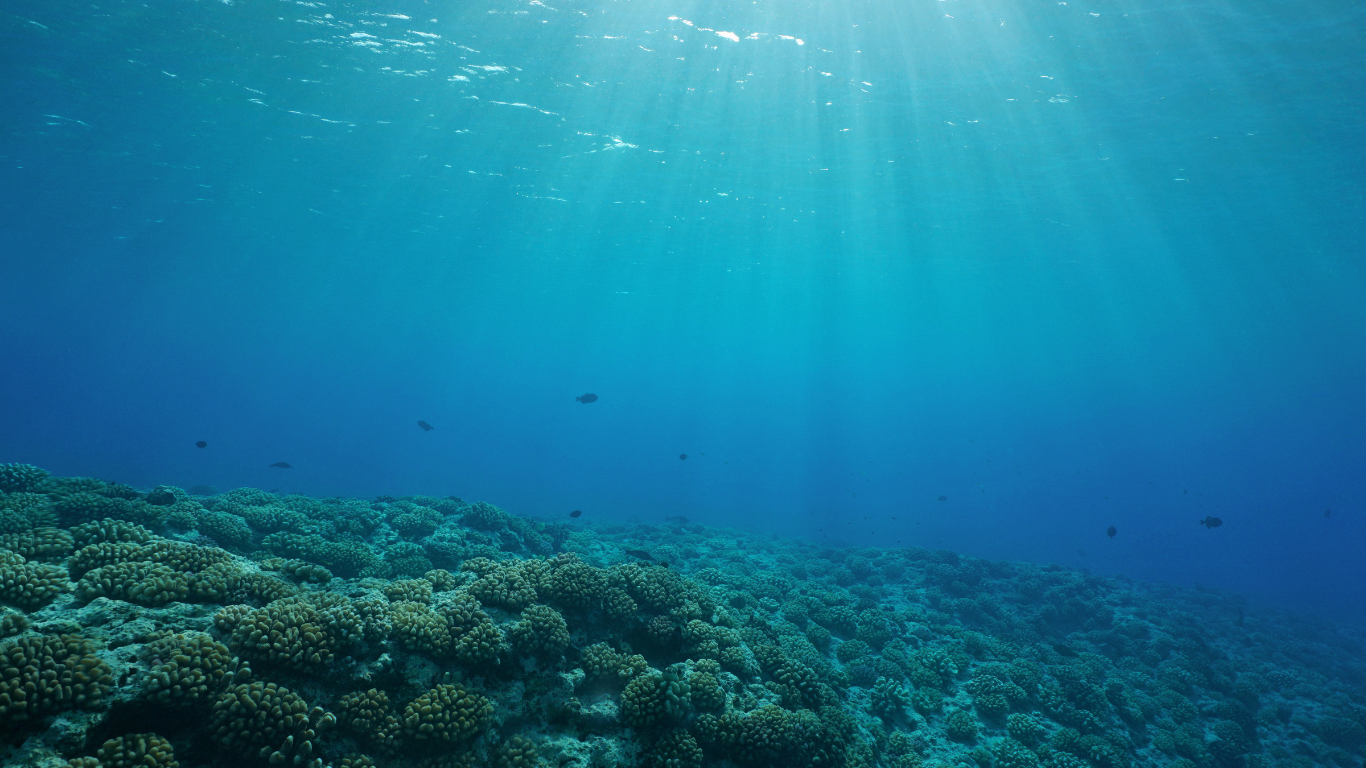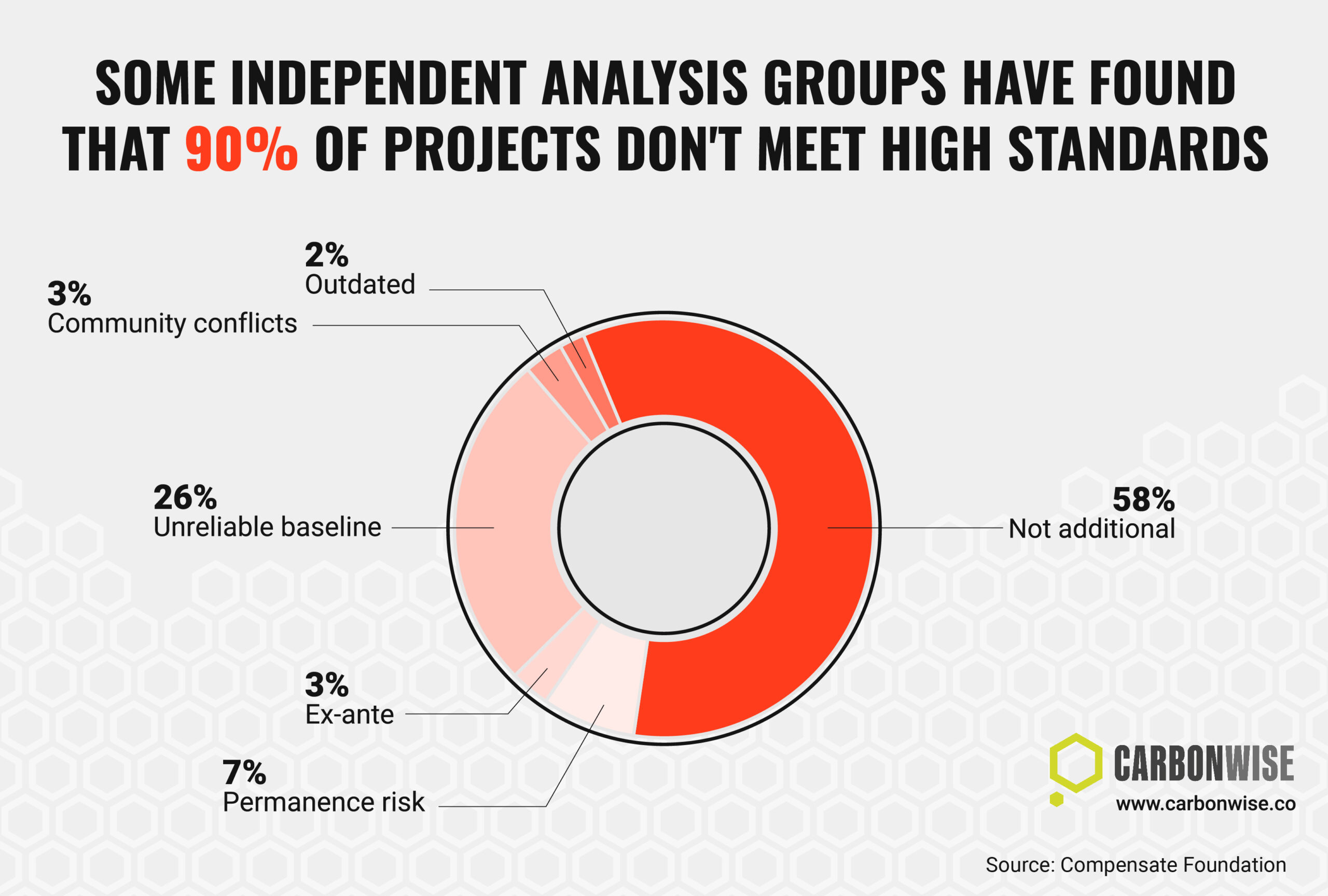Climate change is a pressing issue that affects businesses worldwide, making it crucial for professionals to understand the carbon markets and the role of natural ecosystems in mitigating its impact. Forests and oceans are vital in this regard, as they serve as key areas for storing carbon dioxide and can slow the rate at which the concentration of this greenhouse gas builds up in the atmosphere. By exploring their contributions to carbon sequestration and the potential benefits of investing in their conservation, businesses can better position themselves in the face of climate challenges and capitalise on opportunities in the growing carbon markets.
A recent report from global risk management, insurance broker and consulting firm Gallagher showed that 48% of UK businesses are suffering from the effects of climate change today. In light of this international crisis, it is especially important to consider the significant potential of forests and oceans as alleviators of climate change impacts.
The Carbon Cycle: Forests and Oceans at the Frontline
Forests and oceans play a central role in the carbon cycle, whereby carbon is absorbed from and emitted into the atmosphere, since they take in large amounts of CO2 for photosynthesis and then store this away safely within the trees, soil, coral, mangroves, and more. This process is known as carbon sequestration, and ‘carbon sink’ is the term given to forests which absorb more carbon dioxide than they emit.
Harnessing the Power of Forests for Carbon Capture
Almost 25% of all anthropogenic carbon emissions have been removed from the atmosphere by the Earth’s forests. Afforestation, reforestation and natural regeneration projects aid the preservation and growth of forests, and investing in these is an effective way for businesses to offset carbon emissions. Afforestation and reforestation both involve the planting of trees in areas that have either never had trees before, or have had them cleared, chiefly for agricultural purposes. Natural regeneration, on the other hand, refers to allowing trees to re-seed naturally, and coppicing (chopping trees down to create a base on which new shoots can grow). As a report by the Massachusetts Institute of Technology (MIT) Climate Portal indicates, ‘If done worldwide, natural regeneration of forests could capture up to 70 billion tons of carbon in plants and soils between now and 2058 – an amount equal to around seven years of current industrial emissions.’
Preserving the Great Bear Rainforest
A successful example of forest conservation is the Great Bear Rainforest in British Columbia, Canada. In 2016, the Great Bear Rainforest Land Use Order and Great Bear Rainforest (Forest Management) Act was signed, forbidding logging in vast areas, and raising the amount of forest carbon credits for sale, which are used to develop woodland conservation projects. This has ensured the conservation of 85% of the forest and 70% of old growth. The project benefits local indigenous communities by creating jobs and offering paid internships for young people. It is also helping to protect the vast array of wildlife which inhabits the forest and its waterways, including the Pacific salmon and the famous Spirit Bear, who in turn help fertilise the plants and trees.
However, widespread deforestation and wildfires are limiting the world’s forests’ capacity to be carbon sinks. Some of them are turning into carbon sources, emitting more carbon dioxide than they absorb. Since 1850, almost one-third of all carbon emissions are the result of deforestation. This makes the need for conservation projects like that of the Great Bear Rainforest all the more crucial.
Ocean Conservation
Oceans are the Earth’s largest carbon sink, and are therefore critical for mitigating climate change. The UN Climate Action Website stipulates that ‘the ocean generates 50% of the oxygen we need, absorbs 25% of all CO2 emissions and captures 90% of the excess heat generated by these emissions.’ It also provides fresh water.
Mangroves, and the wildlife that inhabit them, can take in up to four times more carbon dioxide than forests. Coral reefs provide a home to around one quarter of the ocean’s biodiversity and are vital for protecting our shores, for fishing, for medicinal purposes, leisure activities and tourism. Microscopic plants known as phytoplankton, which populate the oceans, sequester carbon dioxide for photosynthesis. They act as carbon stores even after they die, falling to the ocean’s floor and keeping the carbon inside them for hundreds of years.
Innovative Approaches
Successful examples of ocean conservation include Conservation International, a project to restore the oceans’ biodiversity, ensuring that oceans function successfully as carbon sinks and that the wildlife that inhabits them is safe. So far, it has worked with governments in Latin America and the Philippines to enact policy change, and is carrying out an effective conservation project in the mangrove forests in the Gulf of Nicoya, Costa Rica. Moreover, green shipping corridors (shipping routes which provide zero-emissions technologies for ships) have been installed in the Pacific Ocean, between Los Angeles and Shanghai, and in the Atlantic Ocean between Antwerp and Montreal. As UN Climate Action emphasises, ‘Green shipping is an important part of a sustainable blue economy – one that promotes economic growth and people’s wellbeing through sound production, trade, and shipping practices without impairing the health of our ocean.’
Nonetheless, rising levels of greenhouse gases in the atmosphere have raised the ocean’s temperature and made it increasingly acidic. This, along with plastic pollution, has the potential to destroy the oceans’ biodiversity. To combat this, international projects to remove plastic from the oceans are being carried out. Early warning systems are also being developed to help prepare people living in low-lying coastal zones for extreme weather including floods and tsunamis.
Business Adaptation
Corporations that have already implemented sustainable practices include L’Oréal, which has made commitments to avoid deforestation and established a Fund for Nature Regeneration, investing €50 million in conservation projects of over 1 million hectares of sea and woodland ecosystems, protecting its brand value and saving $180 million in expenses.
By investing in renewable energy sources and offsetting carbon through carbon sinks, businesses can prevent the further physical damage that climate change could cause them in a cost-effective manner, and secure future success by anticipating government environmental policy changes.






